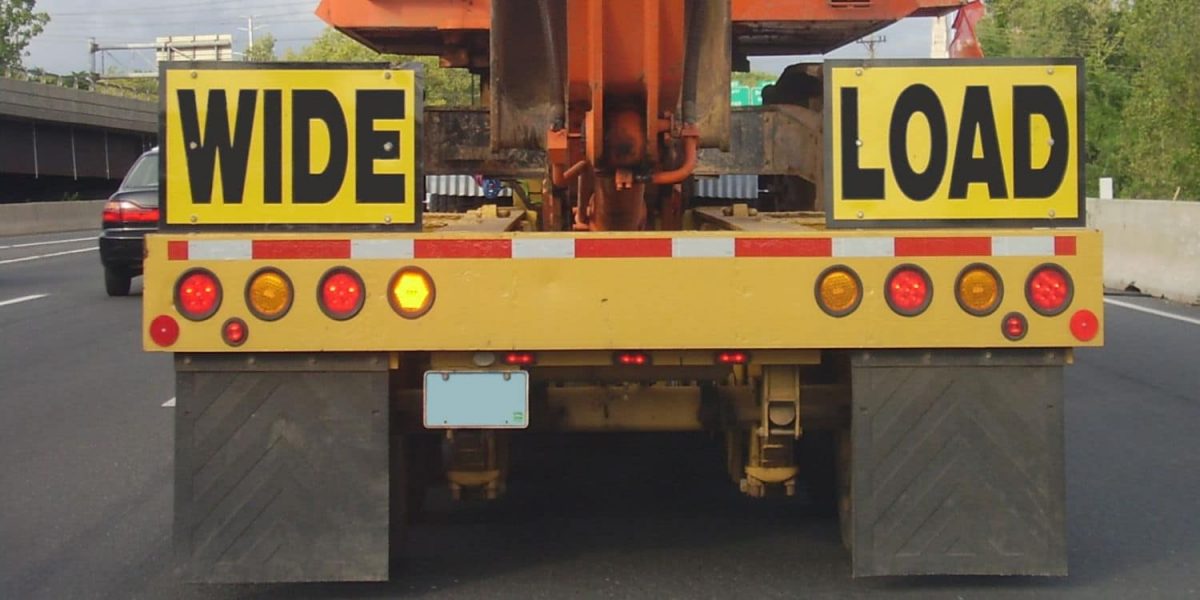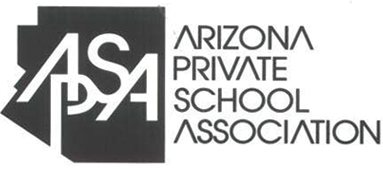Trucking is generally seen as a solitary job, and there’s a lot of truth to this. Drivers generally spend the bulk of their day by themselves in the cab, and even team drivers are typically driving while their co-driver sleeps. This means that trucking is a great career path if you’re interested in an independent lifestyle. That being said, people skills are still important to succeed in this industry. Knowing how to communicate effectively is essential, and you’ll interact with a wide variety of individuals who play different roles within the industry.
Here are some of the types of people you’ll work with:
Driver Trainer
When you first get started in the industry after graduating from truck driving school, most companies will pair you with a driver trainer. You’ll drive with them during your first few hauls while you get used to trucking.
Here are some tips for getting along with your driver trainer:
- Remember that this time is temporary. Whether you get along with your trainer or not, you’ll only have to work with them for a short period of time.
- Keep in mind that you’re sharing their truck. Be courteous of their space.
- The impression your driver trainer has of you can affect how others at your company view you, so make an effort to be polite and a safe driver.
Dispatcher
Dispatchers act as go-betweens for truckers and motor carriers. Your dispatcher will be one of the people you interact with most frequently as a trucker. Although dispatchers may not ultimately determine which loads are you assigned, they do have influence over this process. This means that building a strong relationship with your dispatcher can help you get more favorable hauls and more miles, not to mention making your day-to-day life easier.
Some tips for working with your dispatcher:
- Inform your dispatcher right away if you are experiencing any delays.
- Focus on delivering your loads safely, on time, and undamaged. This makes their job easier and you’ll build a positive reputation.
- Be polite, even if you disagree with something your dispatcher said or if you don’t like a route you were assigned.
Loading Dock Staff
When you drop off freight at the receiver, you’ll likely interact with various types of team members at the loading dock. This is often one of the times where frustration is most likely to occur, since both you and the receiver have deadlines you need to meet. It’s essential that you stay patient and calm, both for the sake of maintaining a good relationship with the customer and to help avoid accidents, which are more common if you are frustrated and not paying attention.
Things to keep in mind when working with loading dock staff:
- The individuals you work with are not likely directly responsible for any delays, and they are on a schedule as well. You can politely advocate for yourself in order to get on the road more quickly, but being courteous while doing so is important.
- Safety is your top priority. Avoid getting caught up in what others will think of you, as long as you are staying safe. For example, you may need to get out of your truck to look several times while backing. This may take longer, but it’s far better than accidentally backing into something and damaging your truck, or worse.
- Do your best to arrive on time, or inform the receiver and your dispatcher if you will be early or late. Respecting their schedule makes it more likely that you’ll be unloaded in a timely manner.
The Bottom Line
These are just a few of the people you’ll interact with most frequently, but there are many others you’ll encounter on the road, from law enforcement officers to other truckers at stops along the way. Across all the interactions you have, making an effort to be kind will go a long way in helping you build strong relationships and a positive reputation.
Earn Your CDL in Tucson
If you’re interested in starting a truck driving career, HDS Truck Driving Institute (HDS truck driving school) can help. We have an accelerated program that can get you on the road and earning in as little as four weeks.
To learn more about our truck driver training, contact us today.






















